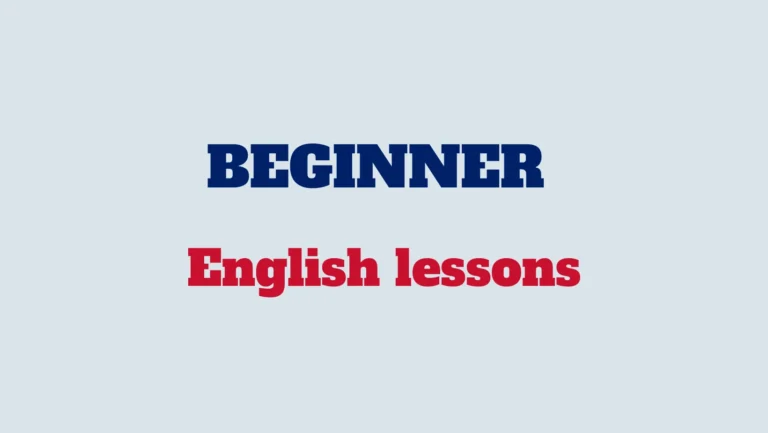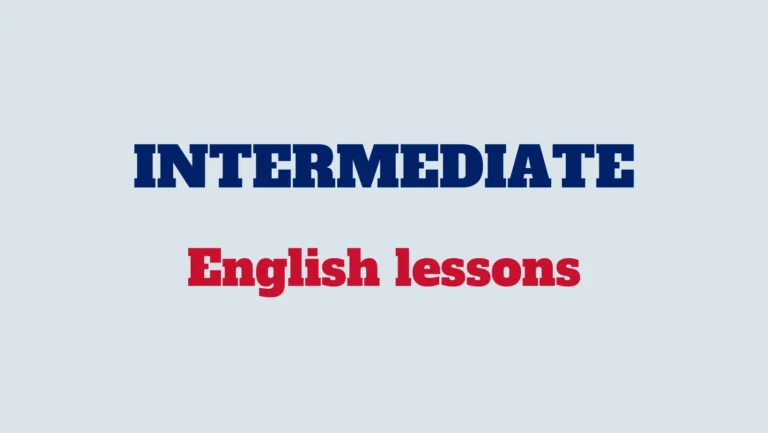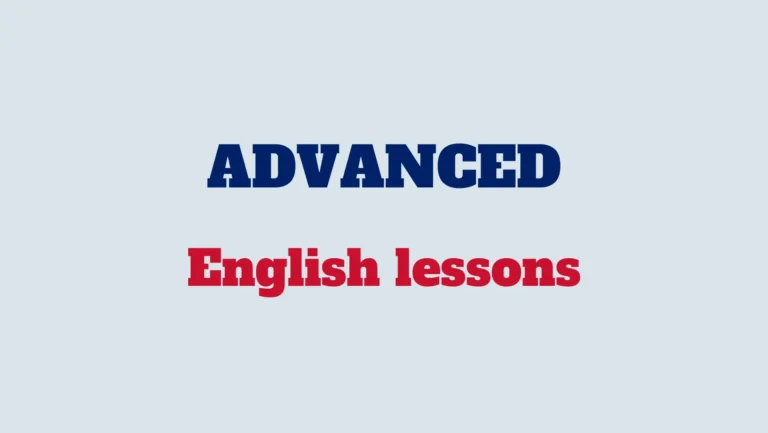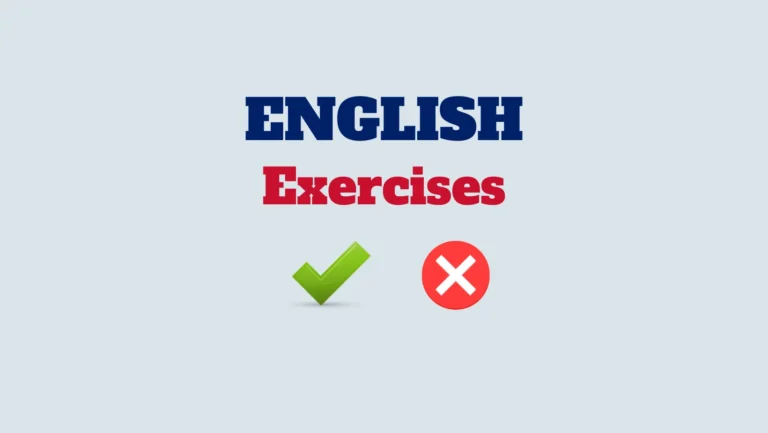The phrase “as well as” is a versatile expression in English. It is used to indicate addition or inclusion and can also be employed to draw a comparison between two things or people.
Meanings of “as well as“
In addition to someone or something
Used to show that someone or something is included along with another.
Example:
“Mary and Jane are coming to the party, as well as Tom.”
Example:
“I’m studying biology and chemistry, as well as history.”
To the same high degree as someone or something
Used to compare someone’s treatment, abilities, or results to another’s, implying equality.
Example:
“Mary’s parents treated me as well as they treated her.”
Example:
“I did as well as you on the test.”
Examples of “as well as” in sentences
Adding people or things:
“She plays the violin as well as the piano.”
“He invited his colleagues as well as his friends.”
Comparing equality:
“They spoke to me as well as to the manager.”
“The student performed as well as the teacher had expected.”
Common variations of “as well as“
“In addition to”:
“In addition to his job, he volunteers at the shelter.”
“Along with”:
“He brought his dog along with his luggage.”
“Just as”:
Used when focusing on similarity.
“She worked just as hard as her peers.”
Tone and context
- Neutral and formal:
The phrase is suitable for both casual and formal contexts, offering flexibility in communication. - Structural note:
When “as well as” introduces a second subject in a sentence, the verb typically agrees with the first subject: - Example:
“Tom, as well as his friends, is coming to the event.”
Similar expressions
“And also”: Adds additional information.
Example:
“She is kind and also intelligent.”
“Not only…but also”: Adds emphasis to inclusion.
Example:
“He is not only skilled but also creative.”
The phrase “as well as” enriches communication by enabling addition and comparison. Its ability to seamlessly fit into both formal and informal settings makes it a valuable tool in writing and conversation. Would you like to explore similar expressions or grammatical structures?



